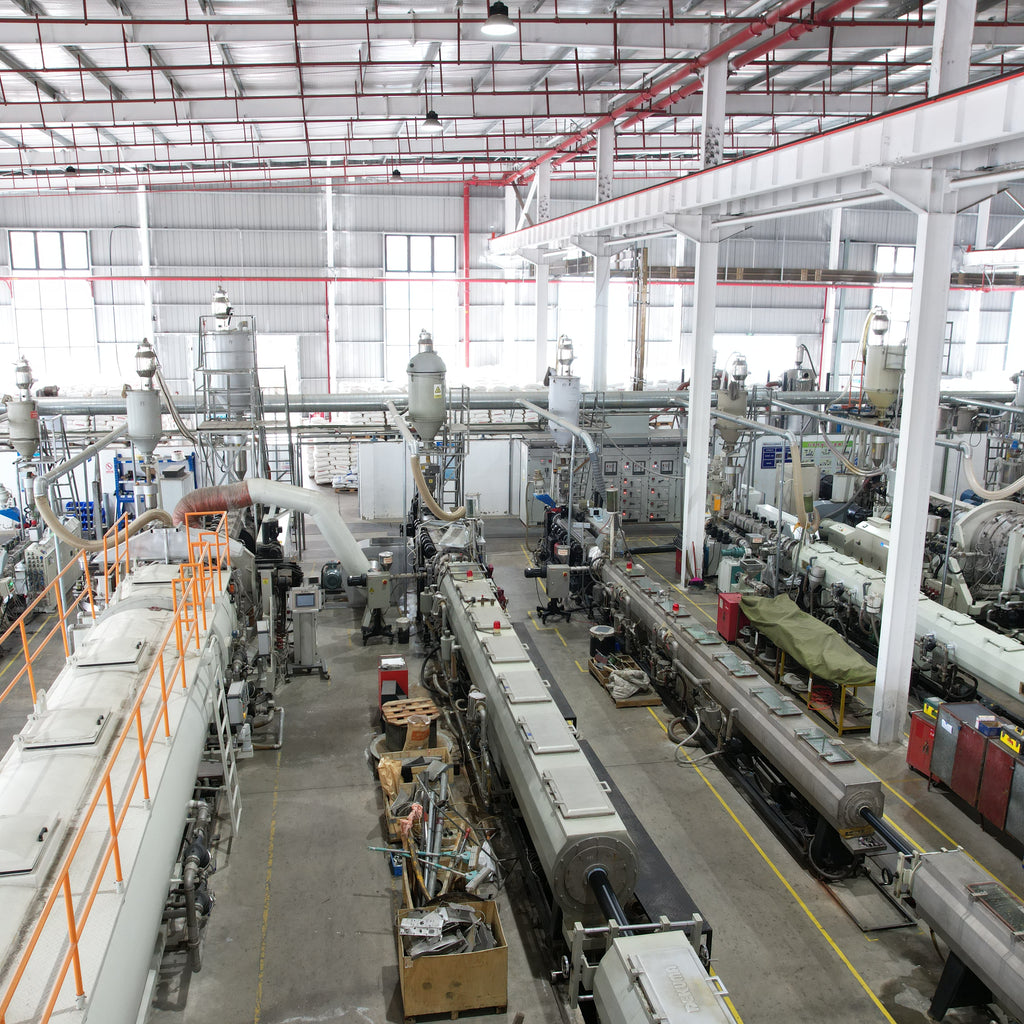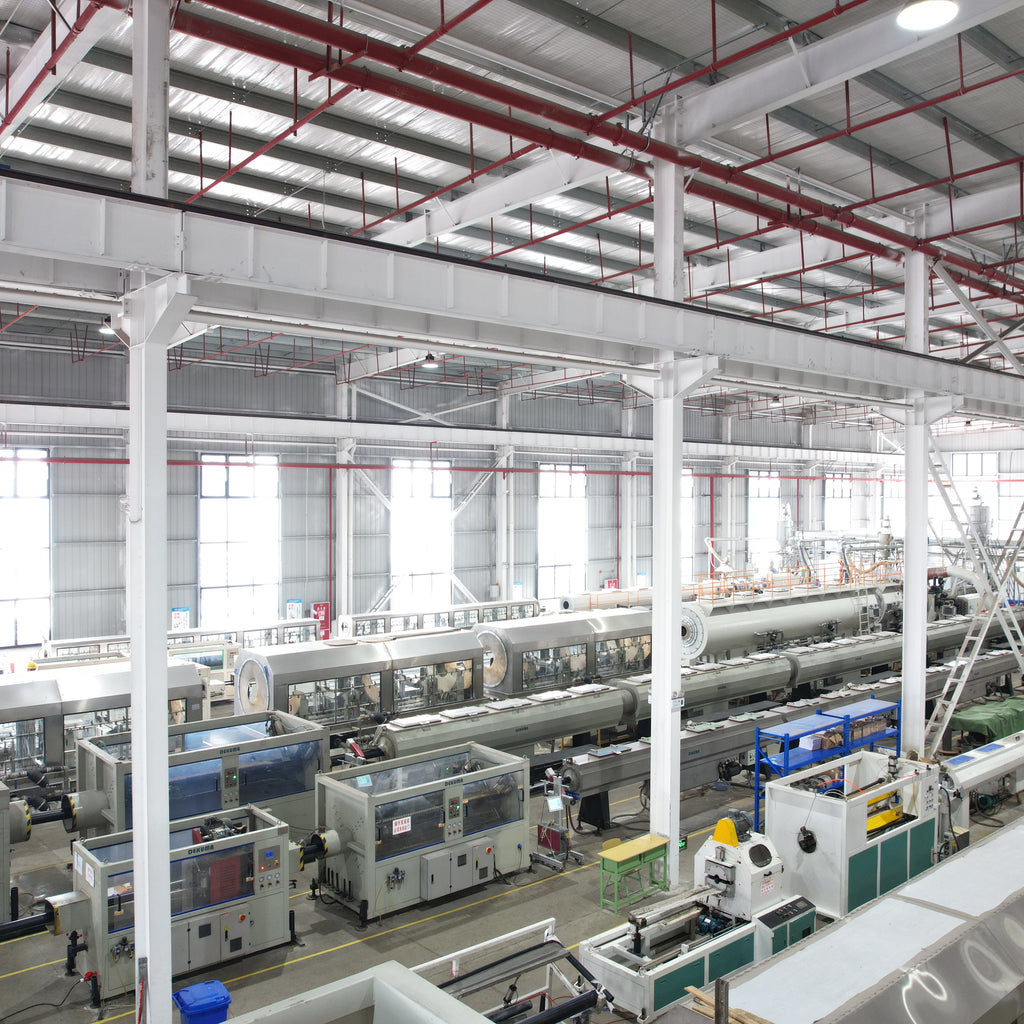Global Pipeline Industry: Recent Developments and Breakthroughs
Technological Leap in Pipeline Materials and Construction
The pipeline industry is witnessing a revolution in materials and construction techniques. In the materials realm, new high - performance steel alloys are being developed. These alloys offer enhanced strength, corrosion resistance, and durability, crucial for pipelines operating in harsh environments, whether it's the frigid conditions of the Arctic or the corrosive seawater in offshore installations. For example, a consortium of international steel manufacturers has created a new steel alloy that can withstand extreme pressure differentials, reducing the risk of pipeline ruptures significantly.
In construction, 3D printing technology is making inroads. It allows for the on - site fabrication of complex pipeline components, such as elbows and tees. This not only speeds up the construction process but also minimizes waste. A major pipeline project in the Middle East recently utilized 3D - printed components, cutting down the construction time by 20% compared to traditional methods. The precision of 3D printing ensures a perfect fit, reducing the chances of leaks at joints.
Geopolitical Shifts Reshaping Pipeline Routes
Geopolitical factors continue to have a profound impact on the pipeline industry. In Europe, the ongoing tensions between Russia and Ukraine have led to a reevaluation of gas supply routes. European countries are actively seeking alternative sources and routes for natural gas. For instance, the construction of the Baltic Pipe, which connects Norway and Poland, has gained momentum. This pipeline will diversify Poland's gas supply, reducing its reliance on Russian gas. It is expected to be fully operational by the end of this year, with an annual capacity of 10 billion cubic meters.
In Asia, the China - Russia Eastern Gas Pipeline, also known as the "Power of Siberia" pipeline, has reached full capacity, delivering 38 billion cubic meters of natural gas per year from Russia to China. This long - term supply deal not only strengthens the energy security of both countries but also reshapes the global gas market. Additionally, discussions are underway for a new pipeline project between China and Central Asian countries, which could further enhance China's energy supply diversity.
Growth in Renewable Energy - Related Pipelines
With the global push towards renewable energy, pipelines for transporting renewable energy carriers are on the rise. Hydrogen pipelines, in particular, are attracting significant attention. In the Netherlands, the HyUnder project, a collaboration between major energy companies, is well on its way to building a 100 - kilometer hydrogen pipeline network by 2026. This initiative is crucial for the large - scale adoption of hydrogen as a clean energy carrier, especially in the industrial and transportation sectors.
Bioenergy pipelines are also emerging. In Brazil, a country with a large bioethanol production capacity, there are plans to build pipelines to transport bioethanol more efficiently from production plants to distribution centers. This would reduce the cost of transportation and make bioethanol a more competitive alternative to fossil fuels in the domestic and international markets.
Regulatory Changes Impacting the Industry
Regulatory changes are a key factor influencing the pipeline industry. In the United States, the Pipeline and Hazardous Materials Safety Administration (PHMSA) has tightened safety regulations. New requirements include more frequent inspections of pipelines, especially those in high - consequence areas. Pipeline operators are now required to use advanced inspection technologies, such as drones equipped with high - resolution cameras and sensors, to detect any signs of wear or damage.
In Europe, the EU is implementing stricter environmental regulations for pipeline projects. Projects must now conduct comprehensive environmental impact assessments, including the potential impact on wildlife habitats and water resources. This has led to some pipeline projects being redesigned or delayed to meet these new environmental standards.
The Future Outlook
The pipeline industry is at a crossroads, with technological advancements, geopolitical shifts, and regulatory changes all shaping its future. As the demand for energy, both traditional and renewable, continues to grow, pipelines will remain a critical component of the global energy infrastructure. The industry will need to adapt to these changes, investing in research and development, and collaborating across borders to ensure the safe, efficient, and sustainable transportation of energy resources.
Sample Block Quote
Nam tempus turpis at metus scelerisque placerat nulla deumantos sollicitudin delos felis. Pellentesque diam dolor an elementum et lobortis at mollis ut risus. Curabitur semper sagittis mino de condimentum.
Sample Paragraph Text
Lorem ipsum dolor sit amet, consectetur adipiscing elit. Morbi ut blandit risus. Donec mollis nec tellus et rutrum. Orci varius natoque de penatibus et magnis dis parturient montes, nascetur ridiculus mus. Ut consequat quam a purus faucibus scelerisque. Mauris ac dui ante. Pellentesque congue porttitor tempus. Donec sodales dapibus urna sed dictum.



